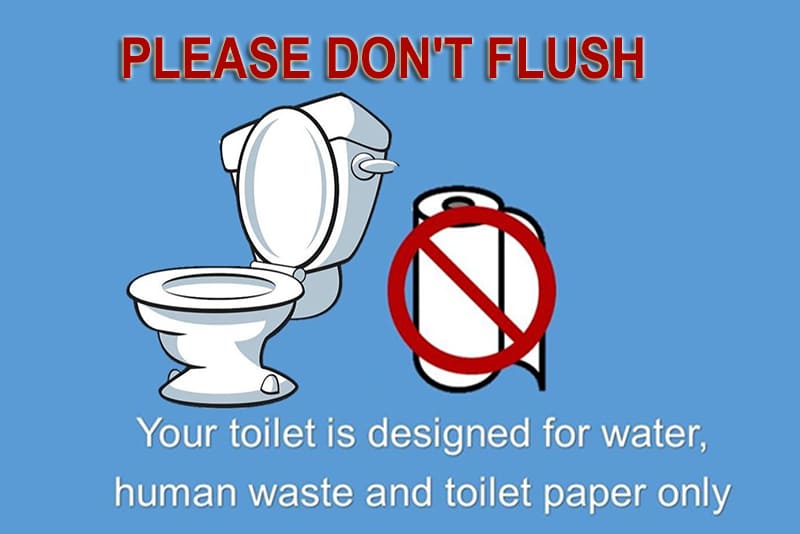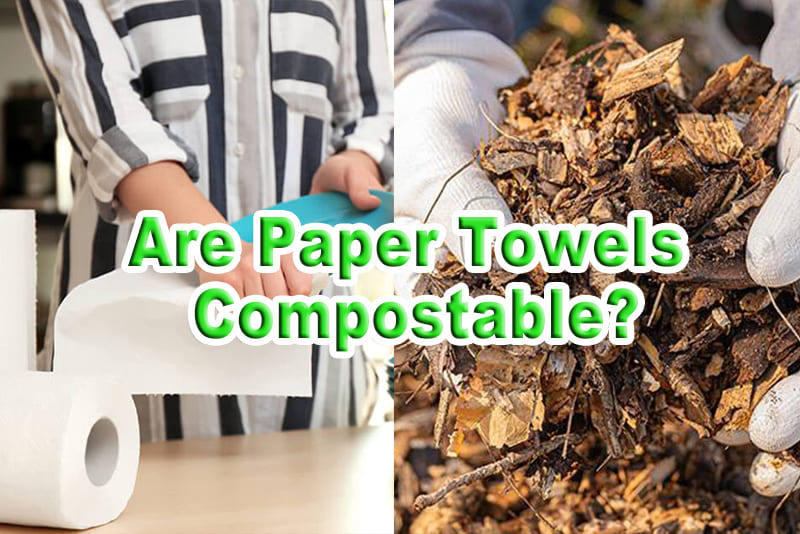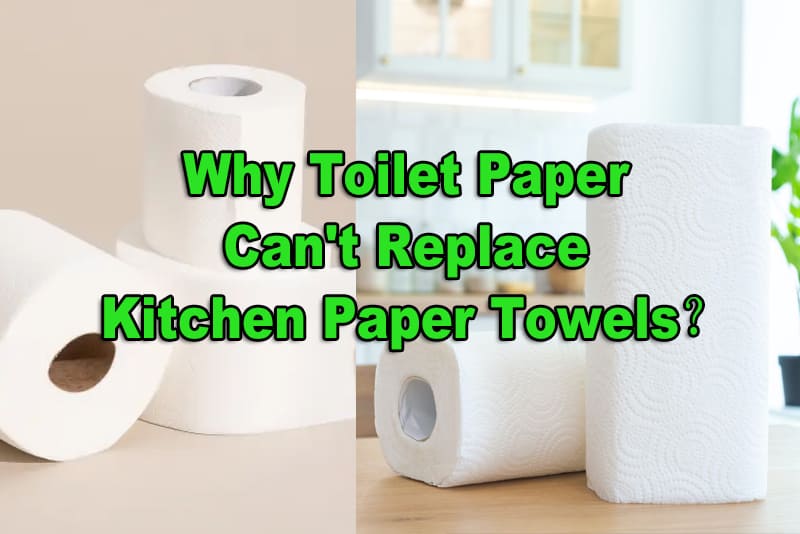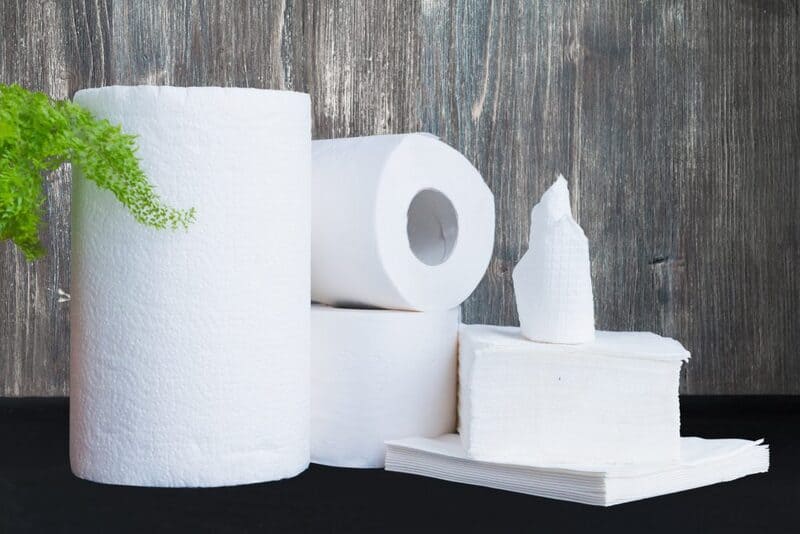The Innovative Process of Tissue Paper Raw Material Parent Roll
Tissue paper is a lightweight and absorbent paper that is widely used for personal hygiene, such as facial tissues, paper towels, napkins, and toilet paper. Tissue paper is also used for packing, wrapping, and other purposes. Tissue paper is mainly made from recycled paper pulp, which is processed into parent rolls that are then converted into various tissue products. The production of tissue paper parent rolls involves several steps, such as injection, interjection of chemicals, ejection, and quality control. In this article, we will explore the innovative process of tissue paper raw material parent roll and how it meets the modern challenges of environmental objectives.
Injection Phase: The Role of Injectors
The first step in the production of tissue paper parent rolls is the injection phase, where the paper pulp is injected into a paper machine that has a single large steam-heated drying cylinder called a Yankee dryer. The Yankee dryer is fitted with a hot air hood that dries the paper pulp as it passes over the cylinder. The injectors are devices that spray the paper pulp onto the surface of the Yankee dryer in a uniform and controlled manner. The injectors play a crucial role in determining the quality and properties of the tissue paper, such as basis weight, thickness, bulk, brightness, stretch, appearance, and comfort. The injectors also affect the speed and efficiency of the production process. Therefore, the injectors need to be carefully designed and maintained to ensure optimal performance and reliability.
Interjection of Chemicals: A Critical Consideration
The second step in the production of tissue paper parent rolls is the interjection of chemicals, where various additives are applied to the paper pulp before or after it is sprayed onto the Yankee dryer. The additives are used to enhance the characteristics and functionality of the tissue paper, such as strength, softness, absorbency, wetness, color, fragrance, and biodegradability. The additives can be natural or synthetic substances, such as starches, resins, binders, fibers, fillers, dyes, perfumes, enzymes, and biocides. The interjection of chemicals is a critical consideration in the production process, as it affects the quality and cost of the tissue paper. The additives need to be carefully selected and dosed to achieve the desired effects without compromising the safety and environmental standards.
Ejection Process: Handling the Parent Roll
The third step in the production of tissue paper parent rolls is the ejection process, where the dried and treated paper pulp is scraped off the Yankee dryer by a doctor blade and wound into a large roll called a parent roll. The parent roll is then transferred to a storage or shipping area or sent to a converting machine that cuts and folds it into various tissue products. The ejection process involves handling the parent roll with care and precision to avoid damage or waste. The parent roll needs to be properly aligned, tensioned, cut, sealed, labeled, and transported to ensure its quality and integrity.
Quality Control: Rejecting the Unfit
The fourth step in the production of tissue paper parent rolls is the quality control, where the parent roll is inspected and tested for its physical and chemical properties and compliance with specifications and standards. The quality control is done by using various instruments and methods, such as visual inspection, weight measurement, thickness measurement, moisture measurement, brightness measurement, tensile strength test, tear resistance test, absorbency test, wetness test, color test, odor test, and biodegradability test. The quality control is essential for ensuring customer satisfaction and product safety. The quality control also helps to identify and correct any defects or errors in the production process. The quality control rejects any unfit or substandard parent rolls that do not meet the requirements.
Modern Challenges: Environmental Objectives
The production of tissue paper parent rolls faces some modern challenges that require innovative solutions. One of these challenges is the environmental objective of reducing the environmental impact of tissue paper production and consumption. Tissue paper production consumes a large amount of water, energy, and raw materials, and generates a significant amount of waste, emissions, and effluents. Tissue paper consumption also contributes to deforestation, landfilling, and greenhouse gas emissions. Therefore, the production of tissue paper parent rolls needs to adopt more sustainable practices, such as using more recycled fibers, reducing water and energy consumption, minimizing waste generation, recovering valuable resources, implementing cleaner technologies, and complying with environmental regulations.
Ejecting Old Practices: Towards a Sustainable Future
The production of tissue paper parent rolls has evolved over time to meet the changing needs and expectations of customers and society. The production process has become more innovative, efficient, and eco-friendly. The production process has also incorporated new features and functions that enhance the value and performance of tissue paper products. However, the production process still has room for improvement and innovation. The production process needs to eject old practices that are outdated, inefficient, or harmful, and embrace new practices that are more advanced, effective, or beneficial. The production process needs to strive for excellence and sustainability in every aspect and every step. The production process needs to create tissue paper parent rolls that are not only high-quality and functional, but also environmentally friendly and socially responsible.
In conclusion, tissue paper is a versatile and indispensable product that serves various purposes in our daily lives. Tissue paper is mainly made from recycled paper pulp that is processed into parent rolls that are then converted into various tissue products. The production of tissue paper parent rolls involves several steps, such as injection, interjection of chemicals, ejection, and quality control. The production process is innovative and complex, and it faces some modern challenges that require sustainable solutions. The production process needs to eject old practices and adopt new practices that are more innovative, efficient, and eco-friendly. The production process needs to produce tissue paper parent rolls that are not only high-quality and functional, but also environmentally friendly and socially responsible.







